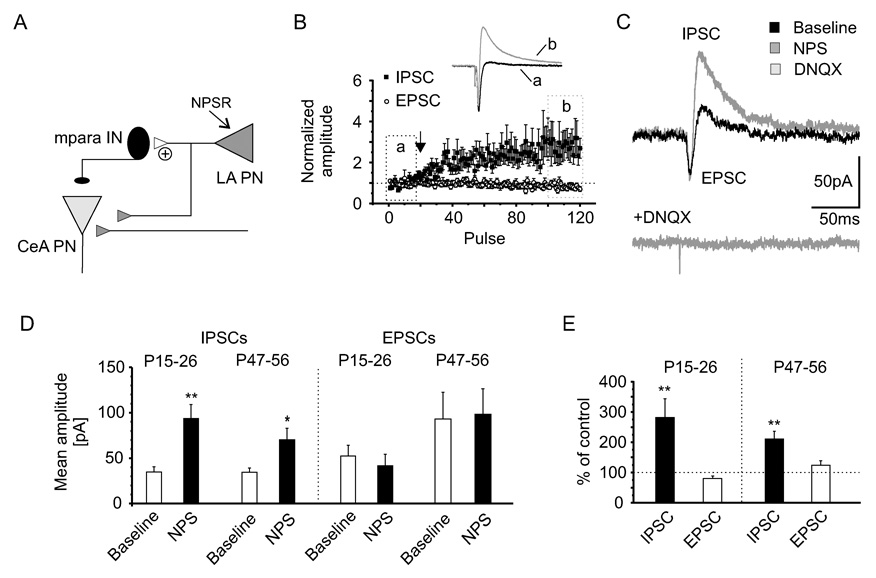Figure 8. NPS enforces feedforward inhibition on principal neurons in the central nucleus of the amygdala (CeA).
(A) Schematic representation of synaptic interconnections from principal neurons in the LA (LA PN) via mpara IN to principal neurons in the CeA (CeA PN). Increase in excitatory synaptic transmission by an NPS-dependent presynaptic mechanism in LA PN should result in an increase in feedforward inhibition via mpara IN on CeA PN. (B) Recording of biphasic (EPSC monosynaptic, IPSC disynaptic) postsynaptic currents in CeA PN at a holding-potential of −50 mV during intra LA baseline-stimulation (a, black trace) and in presence of NPS (b, grey trace). Application of NPS specifically enhanced the disynaptic inhibitory current component (IPSC), but leaves the excitatory current component (EPSC) almost unaffected, as indicated by the normalized amplitudes. (C) The disynaptic nature of the IPSC was verified by blocking both current components (IPSC and EPSC) with DNQX after NPS application. (D) NPS selectively increased the amplitudes of the disynaptic IPSC in P15–26 (n = 17) and P47–56 mice (n = 7), whereas the amplitudes of the EPSCs were unaffected at both ages. (E) The relative change of the IPSC-amplitude is highly significant (p < 0.01) compared to the EPSC-amplitude. Data are mean ± SEM.

